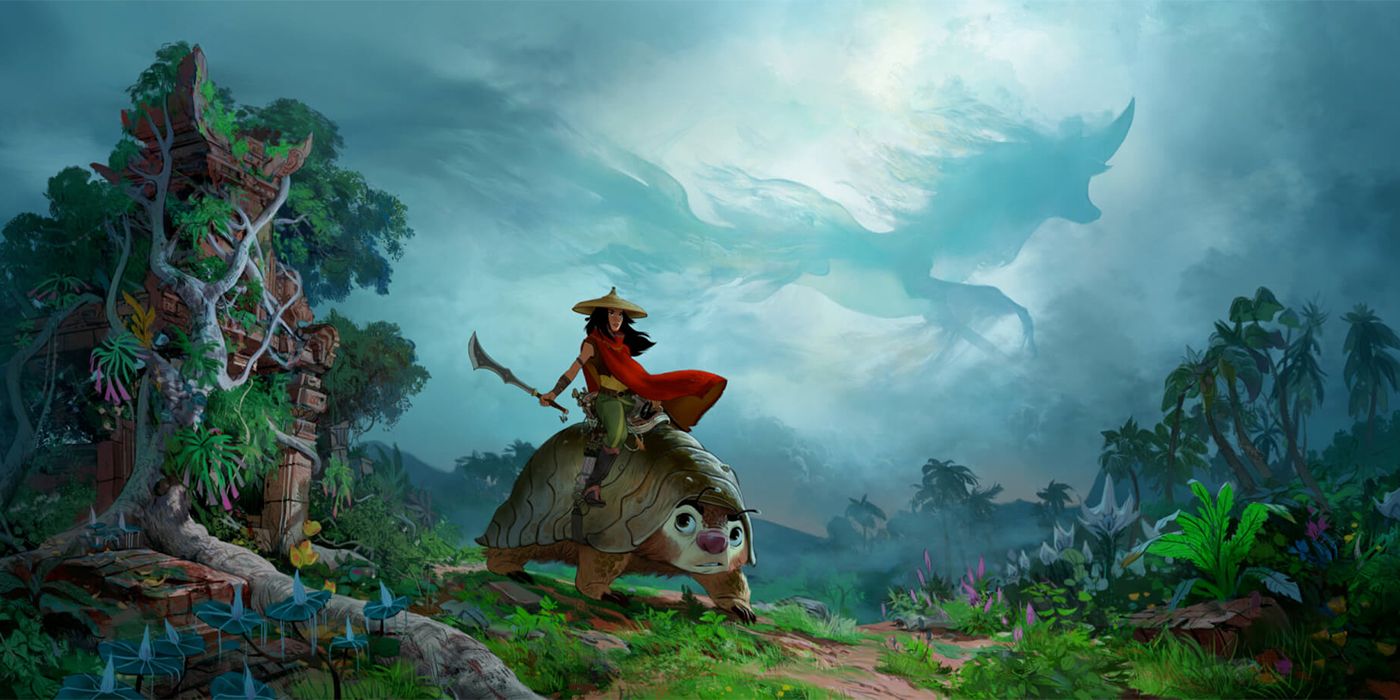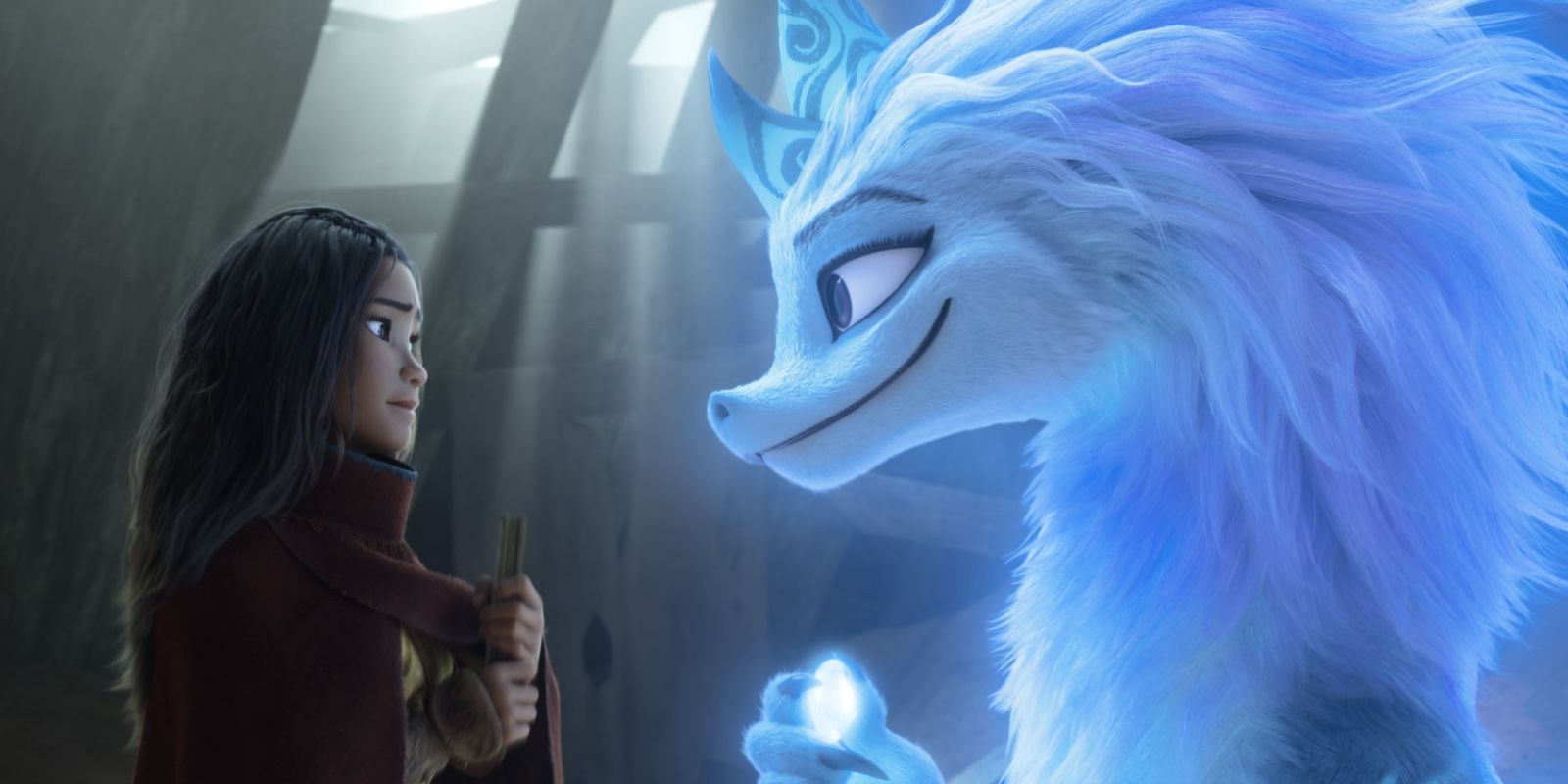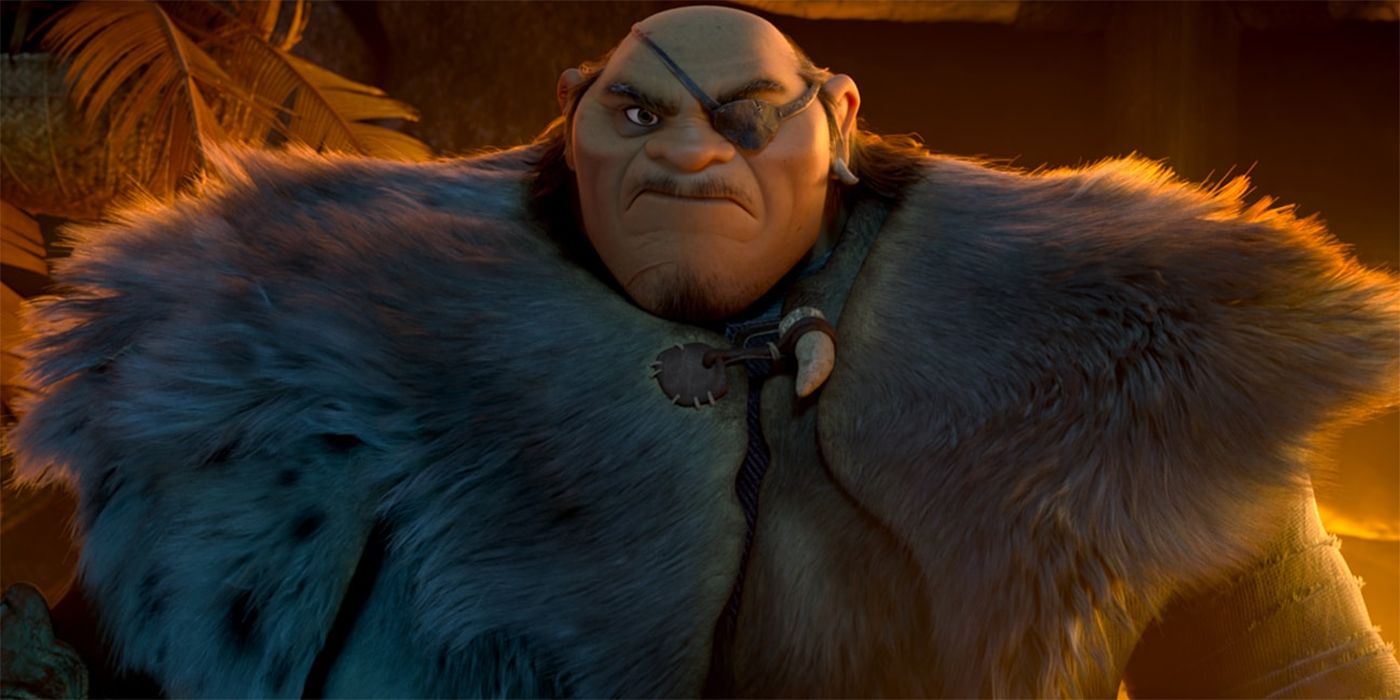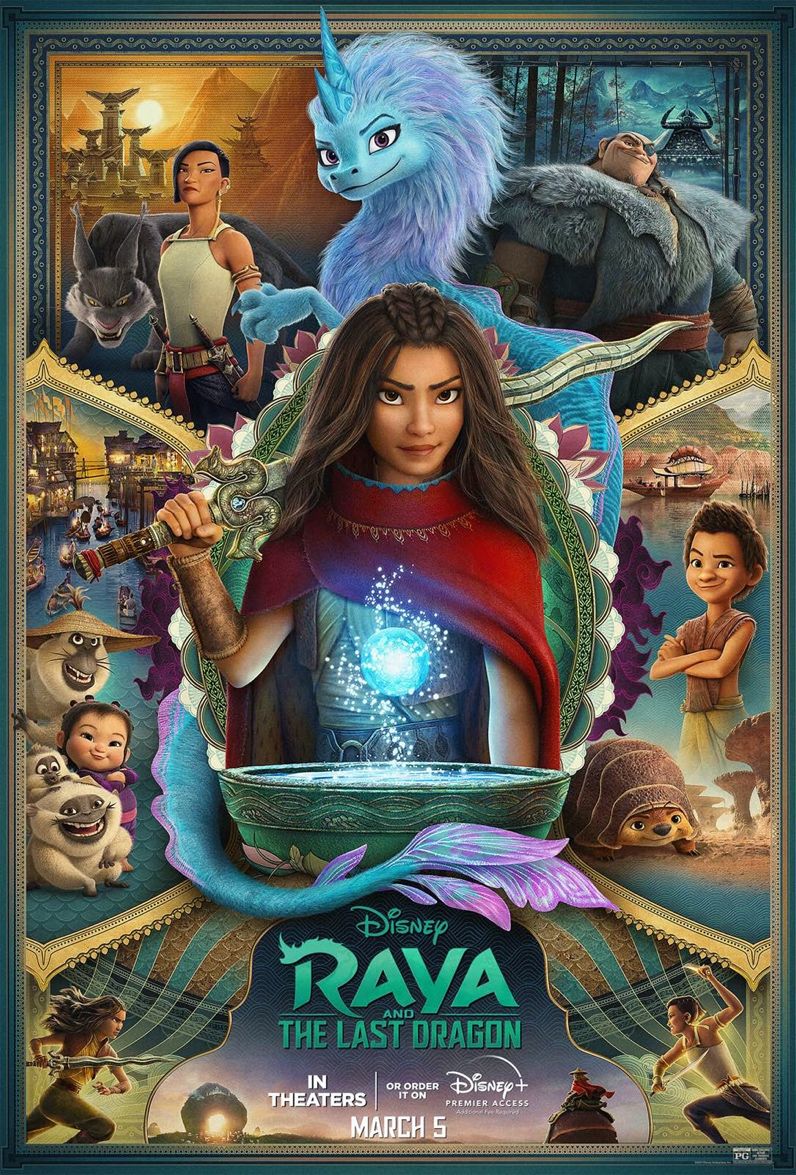Walt Disney Animation's first original release in almost five years, Raya and the Last Dragon, is a labor of love that arrives in homes and select theaters on March 5. The computer-animated adventure film follows the young warrior Raya (voiced by Kelly Marie Tran) on a journey to find the legendary dragon Sisu (Awkwafina) in order to save her father and her broken land of Kumandra.
Along the way, she uncovers more than just the dragon of her childhood myths. In fact, she learns that the divided country she grew up in and the people she was raised to distrust contain much more beauty and warmth than she ever expected. She and Sisu must learn to fight alongside members of every community across Kumandra, teaching her more about the world than she ever expected.
Screenwriter Adele Lim (Crazy Rich Asians) and producer Osnat Shurer (Moana) spoke to Screen Rant about the origins of the Kumandran warrior princess, the development of the Southeast Asian Story Trust they relied on for authentic representation, and the evolution of Tuk Tuk the pill bug (voiced by the beloved Alan Tudyk).
Adele, I know you had a large hand in the world-building for Raya and the Last Dragon. Where did the idea for the script and story first come from?
Adele Lim: When Osnat first brought me on, all she could tell me on the phone was, "There's a young Asian female who's a kickass warrior, and a dragon." I was like, "Stop, stop. I'm in. I'm your person."
There was already the idea of a broken land, but I think what we really developed was the people. It's one thing to know that a land is broken, and it's very difficult to meet people from those lands. We knew that we wanted to bring that structure to it, that as Raya travelled through these lands - which she as a child decided were the enemy and the reason she has lost her father - there is an A and a B side to how she views the land and its people. All these prejudices she had and these assumptions she's made about them are clear when you first meet them: they're pickpockets and hustlers; they're violent. But when you travel with people, and you break bread with them, you cannot help but see their humanity. I felt that was a big part of the development of the story.
Also, the big theme of community. It can feel like a catchphrase, but when we talk about all the diverse cultures and traditions and histories of Southeast Asia, the one main thread running through all of it is how important our community is - not just for our survival, but for our happiness and our joy. So, we knew that we wanted that to be a big part of the story as well.
Speaking of those diverse cultures, Raya and The Last Dragon had a whole story trust. How did those consultants come together, and were there moments that it really opened up new creative doors for you in the development process?
Osnat Shurer: That's a great question. It's something that we started on Moana, and it with conversation as anything does and grew into an ongoing conversation. We wanted to do the same thing here, so as we started our research, [we added] some of the people we met on the research trips as well as experts on things we were looking into. Some of those would be connections that just keep living on somewhere, where one time we wanted to learn about a specific anthropological question.
A trust forms organically, even with people who hosted us sometimes in Laos or in Bali. One of our key trust members is a visual anthropologist, so his actual expertise lies in how you visually represent culture - both his own Laotian culture and commonalities across all Southeast Asia. We had another trust member who is a wonderful architect in Thailand, and his expertise is in bringing the ancient forward. He's done these beautiful designs in Bangkok that have to do with some of these principles, and how they go across Southeast Asia, because it's a crossroads in Bangkok. So there were a number of people that became an ongoing group, who we were constantly connecting with.
Sometimes it was a question for a master dancer with a Gamelan group. "How do you take off the shoes outside the sacred place, so that they're tidy without touching them with your hands?" Half an hour later, there was a video on how you do it for the animation department. It was everything from that to, "Here's a screening of the movie. I need to hear your notes. Do you bump on anything? Is there anything here that we could move forward?"
Most of the conversation that happened in the visual development world was us working really closely on how to represent the dragon that is based on Southeast Asia Nāga. What are the symbols of water? What are the textiles they use, and how would they feel in this land versus that land with they materials they have? I could go on and on. It was an ongoing conversation that continues to this day, because the movie lives on in children's books and things like that, and our trust members are in conversation with us throughout.
Can you talk a little about the casting process? Not just in terms of picking the right actors, but also how their casting and vocal performance help shape the writing itself.
Adele Lim: To Disney's credit, they had hired Awkwafina even before Crazy Rich Asians - even before I came on. When I started the story process with them and realized that the dragon was Awkwafina, it was fantastic, because I'd worked with her before and had that sense of her voice in my head.
But what I've learned about animation is that, in the recording booth, that's when you get those bits of spontaneity: the life, the little characteristics, and the things that really bring the character to life. Which is of the utmost importance, especially when you're talking about bringing a mythical dragon the likes of which most people have never seen to life. Awkwafina is Asian-American, but her appeal is global. And she's so winning. I felt, in that way, that she was very much Sisu.
With Kelly Marie Tran, there was so much we put into the character. She's a warrior, and she's also got a sense of humor; she's got heart, and she's her father's daughter. And in visual development, she looks amazing and this is what she's wearing. But it wasn't until Kelly Marie was in the recording booth that Raya really came to life, because the part that we can't create is this warmth and this authenticity of her soul.
She brought this level of emotion that I don't think any of us thought possible. For the prayer scene, I don't think any of us really thought of going where Kelly Marie did with the performance. It was so pivotal, everybody was having an emotional reaction, and the directors knew right there and then that had it to the anchor of the beginning of the movie.
Osnat Shurer: For some of the others, we pay a lot of attention to every detail of the film. Casting is incredibly important, so there were a lot of auditions and meetings and conversations in character development back and forth with the writers, and definitely with the actors once they were on.
It's a matter of finding people who really embody the part, and that is what we were looking to do. Through all this process, there a lot of creative conversations with the directors. I feel like we ended up landing on each actor that really embodied the character that they're playing, and that's such a joy because everything can start building on that. You're writing to that, you're animating to that, and the character takes life.
One character we've already seen take life is Tuk Tuk, voiced by Alan Tudyk. How do you make sure the friendly animal companion is unique for the story while still retaining many of the characteristics we love to see in our Disney films?
Osnat Shurer: It's super important that the character grows out of the film. This wasn't like, "Hey, Raya needs an animal sidekick." It was actually a little bit like a Western way early on, and she needs a steam. She needs a ride. And in our fantasy world, what would that be? We're sitting in the room, and one of the writers or one of the artists goes, "Okay, it's a pill bug meets a pug meets an armadillo. It rolls up into a ball and rides." And then that visual development artist goes away, and the next day comes back with something that was pretty close to what later became Tuk Tuk.
But he was mostly just a ride, even though he was beautiful and he was cool. Then you're in the development of the story, and you go, "You wants a relationship, so she's had someone to be with and talk to," and Tuk Tuk develops a personality. But then, later on, you're sitting in a story room and you need something for the story of when she's young. I think [director Don Hall] threw out this idea of, "What if Tuk Tuk was really small in the beginning?"
Our other production designer comes back the next day with baby Tuk Tuk with little hearts on the drawing, and he's not the type we expect that from. We all just go, "Oh, baby Tuk Tuk!" Now the writers are writing it in, the storyboard artist are putting it in, the modelers and animators are like, "What about this?" So he organically grows and somehow finds his place in the Disney pantheon.




